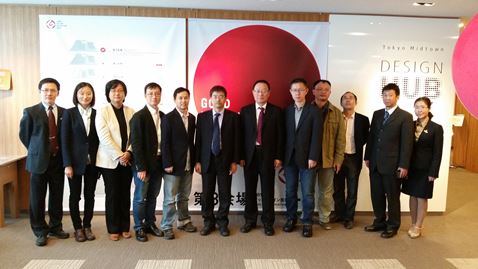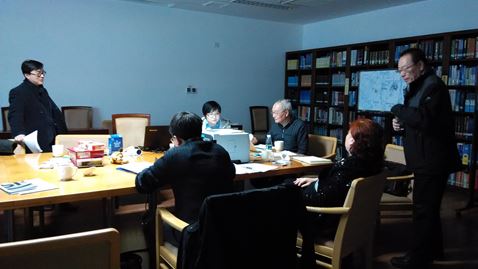Abstract
This case arises from a Design group that regards its research as strongly relevant to the work of various Hong Kong and Chinese government departments, industries (which invest in or commission over 50% of their research),cultural institutions in Hong Kong and internationally, non-governmental organisations, and professional organisations which apply their research to enhance their support to industries and communities with special needs for design and innovation.


Practice in design management that embraces design operation, as well as organisational and strategic management, and that was well established in, e.g., the UK and Japan, was slower to take root in China. These researchers began in the 2000s the first detailed empirical study of the practice of design management in China. It included around 50 case studies and data from 330 manufacturers. In 2012 they reported their findings, together with a framework for moving Chinese capability forward from a model in which design was confined to the work of the professional designer and towards one in which design management plays a more central role in innovation throughout the business ecosystem.

This work informed national level design policy in Mainland China and Hong Kong over the succeeding years. Before 2015 there was neither national design policy especially for the manufacturing sector, nor policy promoting design and innovation that embraced the knowledge economy in China. This group was invited in 2013 to join the Strategic Research on Innovation Design project of the Chinese Mechanical Engineering Society, funded by the Chinese Academy of Engineering. Its design management framework was used to explore the new role and scope of design in the knowledge economy and to define the scope of innovation design and its development path.




